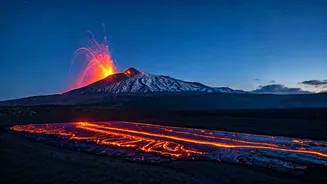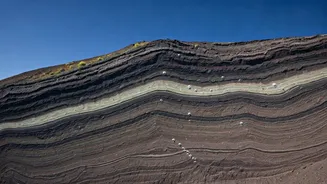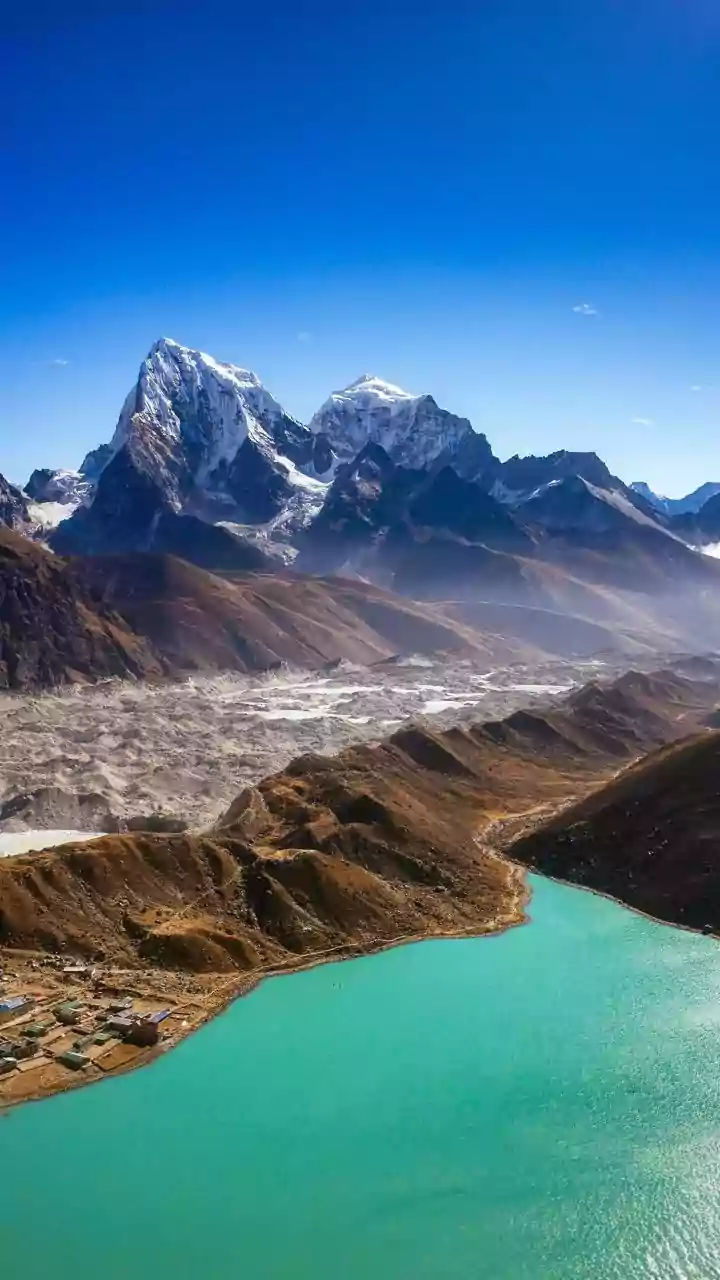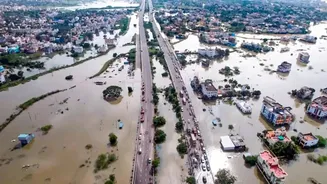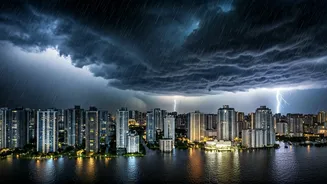Etna's Seismic Secrets
Mount Etna, one of the world's most active volcanoes, has been the focus of a recent study aiming to enhance eruption forecasting. Researchers examined
seismic data to find patterns associated with volcanic activity. This analysis revealed previously unseen movements of magma beneath the volcano. These new clues could be the key to foretelling future eruptions. The scientific team utilized advanced technology to analyze the seismic waves, allowing them to pinpoint changes in magma flow. This detailed understanding of the underground processes helps in identifying the critical points that precede eruptions. This knowledge enables the scientific community to provide more accurate warnings, allowing for better preparedness in vulnerable regions.
Magma's Hidden Movements
The research team found that studying the subtle changes in seismic data could provide a window into the movement of magma. This discovery is a significant step forward in understanding the complex processes occurring beneath the surface. The seismic data revealed the rate and direction of magma flow, which is crucial for predicting volcanic behavior. By identifying these patterns, scientists can now assess the potential for an eruption with greater accuracy. They found that specific types of seismic signals directly correlate with magma accumulating and moving towards the surface. As a result, this innovative approach provides an early warning system. By constantly monitoring seismic activity, officials could detect changes in magma patterns, potentially giving communities valuable time to prepare and mitigate any adverse effects.
Future Eruption Prediction
These findings represent an important step in improving eruption prediction. With more precise information, authorities could issue more accurate warnings, potentially saving lives and minimizing damage. By constantly monitoring the seismic activity, the scientific community may identify these indicators well in advance. These advances make it possible to predict volcanic eruptions with greater reliability. This enables authorities to issue more timely and effective warnings. Such an approach, supported by ongoing research and investment, can drastically change how we perceive and manage the risks associated with active volcanoes around the globe. This progress highlights the value of continuous research in enhancing our comprehension of natural phenomena, as well as our ability to protect communities.
